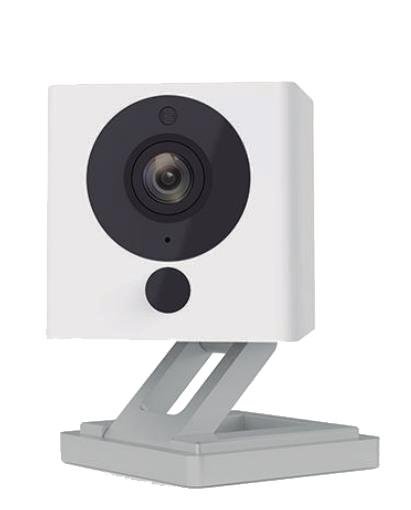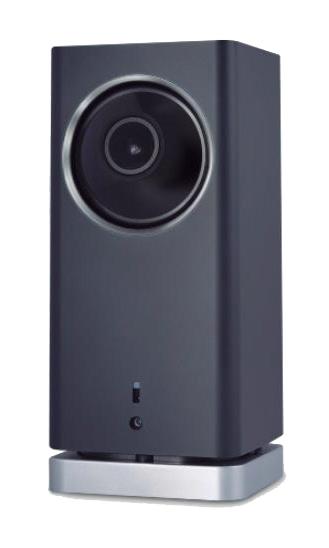
Turn Your Home Into A Tech Haven: Indoor Security

If ever you’ve felt you need to monitor what happens inside your home when you are not there but you still haven’t figured out the best way to go about this, continue reading. We have made a list of the best smart cameras that you can rely on.
D-Link Full HD Wi-Fi Camera DCS-8300LH

I know, that’s a name and a half but despite an unappealing name, the D-Link does its job pretty well and at a decent price.
I don’t think there’s much you can say about the design of a camera and the only time I would fuss over the design of these devices is if the design is truly atrocious. I think the major concerns lie with features and what you can and can’t do.
Fortunately, the D-Link can do a lot. As the name implies, it records high resolution footage regardless of the time of day. At night, where quality usually takes a hit the D-link employs a white-night video capturing method to ensure that you never miss out on any occurrence. The camera also has a pretty wide viewing angle of 130 degrees.
Most impressively, the camera allows users to put in microSD cards of upto 128Gb which ensures that you can also store footage offline.
This is ideal if you have a capped internet package and you don’t want to be downloading footage constantly.
There is also a companion application that you can download and use to view what’s happening remotely. The same application allows you
to select the resolution of recordings and also shift the sensitivity of the motion sensing among other things.
All this functionality will set you back around $89 excluding tax which I think is an acceptable price to part with.
Wyze Cam V2

First things first! Before we talk about features or anything else let’s discuss the fact this camera costs $19.99. For 20 bucks this makes it a perfect device to test the waters and get some understanding of how these devices work.
Anyway, the fact the this costs $20 is not the be-alland end-all. At the end of the day what does your money get you? High-Resolution video is present. Just like the more expensive D-Link there’s also motion and sound detection along with a companion app that allows you to control the camera from your phone. The microSD card slot is also available which means offline storage of videos is possible.
One of the more interesting features is a time-lapse feature that allows recorded footage to move at a much faster rate and it’s not a major deal but it does add some variety to the feature set.
At the end of the day it’s hard to look past the Wyze Cam V2’s price tag and if I had to recommend an indoor camera to first-timers I think this is an excellent entry-level device.
iSmartAlarm iCamera Keep Pro

The most expensive camera in this list, the iSmartAlarm iCamera Keep Pro (who comes up with these names???) comes in at just below $150. That’s a lot more than the two other indoor cameras on this list, so you would be justified for asking what it brings to the table.
Well, it has the widest field of view at 140 degrees and the camera also has a tilt mechanism which allows it to lock-in and follow subjects when it detects motion. At night the camera’s pair of infrared LEDs mean it can view up to 33 feet of night vision. The
iSmart camera unfortunately only takes microSD cards of upto 32Gb which isn’t much when you are dealing with high resolution video.
It comes with a wall mount and mounting hardware, similar to the D-Link. Unlike the D-Link, however the iSmart recognizes the sound of smoke and CO alarms and sends notifications to your phone.
The iSmart’s design is very polarizing and the pricing is a bit more steep, so you really have to consider whether or not you’ll put these features to use if you decide to buy...
Locally, I am yet to come across a store that sells any of the above devices but you can find them on Amazon and because of the relatively inexpensive cost I would still recommend the devices, even if you are parting with USDs.









